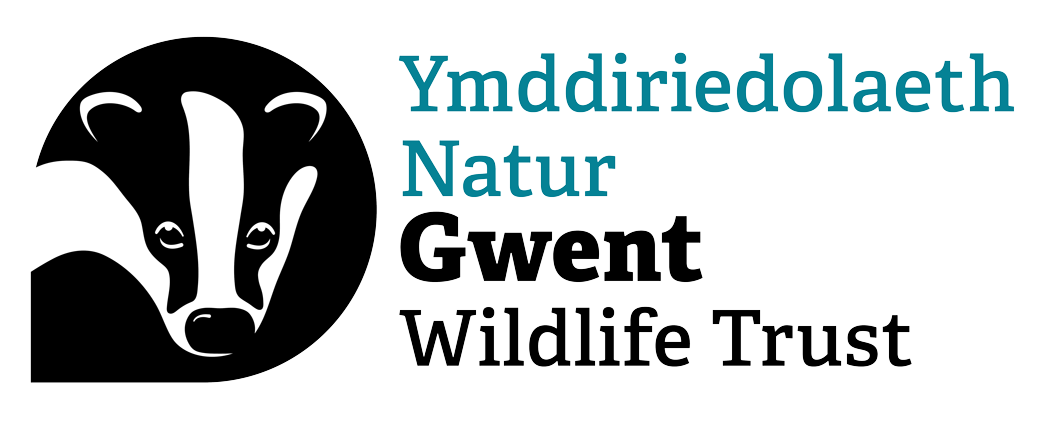Search
Chwilio
Book Review - Gulls of Europe, North Africa and the Middle East.
In birdwatching, the term 'little brown job' can refer to small similar looking species that are not easy to identify. For others, albeit they are a larger species, the gulls can have…
Blue-tailed damselfly
The blue-tailed damselfly does, indeed, have a blue tail. It is one of our most common species and frequents gardens - try digging a wildlife pond to attract dragonflies and damselflies.
Common mouse-ear
Common mouse-ear is a persistent 'weed' of fields and gardens, verges and hedgerows - all kinds of habitats. But, like many of our weed species, it is still a good food source for…
My back-to-school
As a child growing up in Ghana, Patience never took an interest in what was going on in the garden. Now, she’s growing her own flowers and vegetables every week, both at the Centre for Wildlife…
Common eelgrass
This seagrass species is a kind of flowering plant that lives beneath the sea, providing an important habitat for many rare and wonderful species.
Nature Nurture Survey for NHS Workers
Cardiff University’s National Centre for Mental Health has teamed up with environmentalists, Garden Organic and the Gwent Wildlife Trust to try and understand how to bring NHS workers and their…
Eight legged wonders!
Ask any child – and most adults, come to that – to draw a spider in its home, and you’ll get a circular or polygonal web. Those orb-web spiders may well be the most obvious kind around our houses…
Common banded hoverfly
The common banded hoverfly has a fitting name: it is not only one of our most common species, its black body is also covered in yellow bands! It can be seen in many habitats from gardens to…
Hornet
The fearsome-looking hornet may not be a well-loved insect, but it is actually much less aggressive than the common wasp. It is also an important pollinator and a predator of species that feed on…
December moth
This fluffy moth is one of the few species that fly in winter.
My favourite show
Ben keeps a diary of all the wildlife that he spots. He challenges himself to see new species: if he finds something that he doesn’t recognise, he takes a photograph so that he can look it up.
